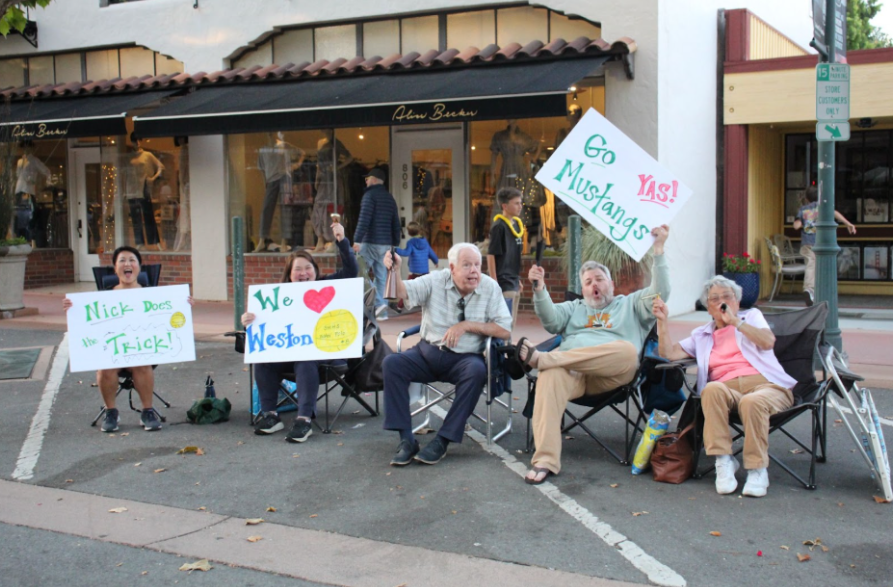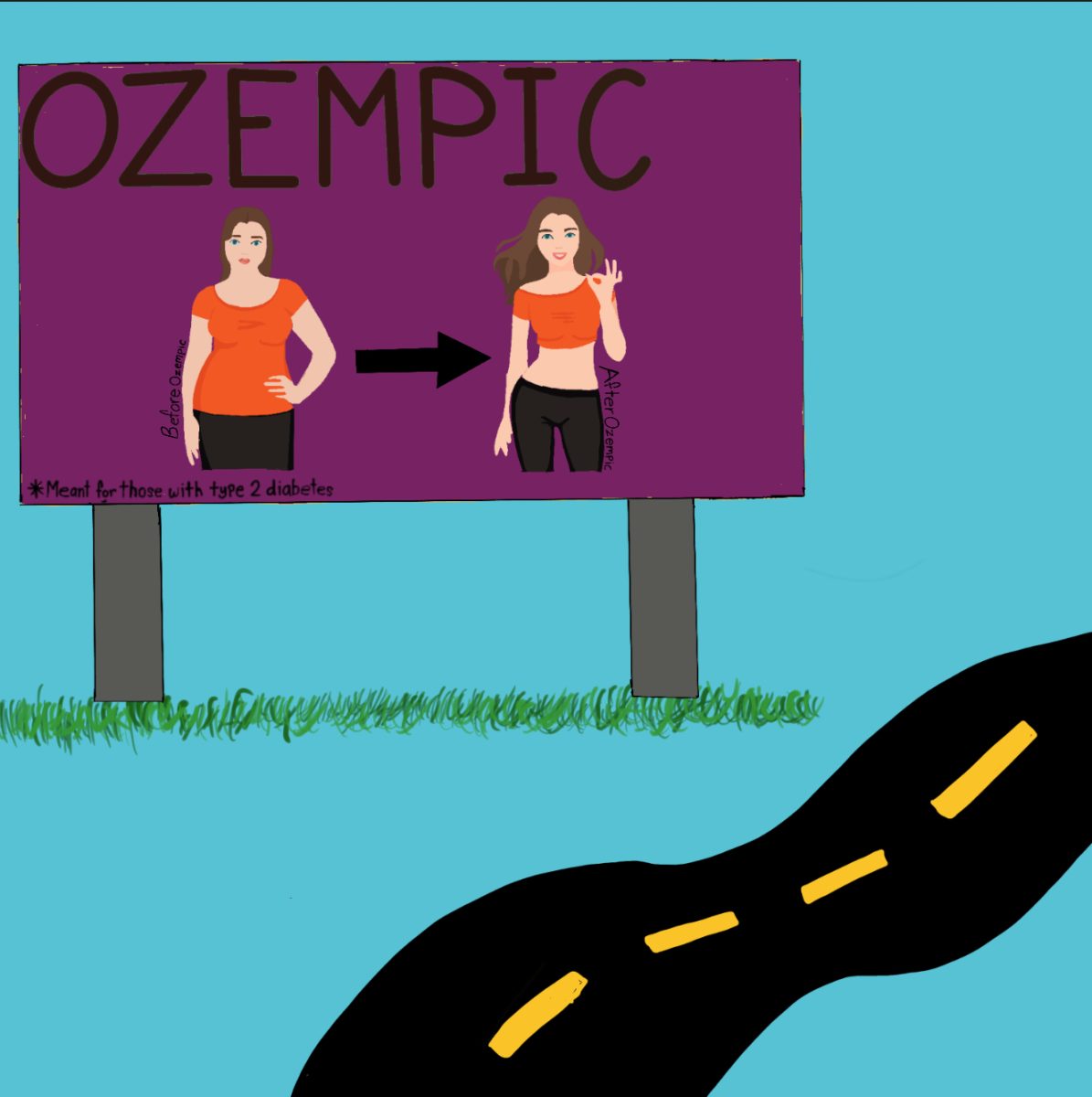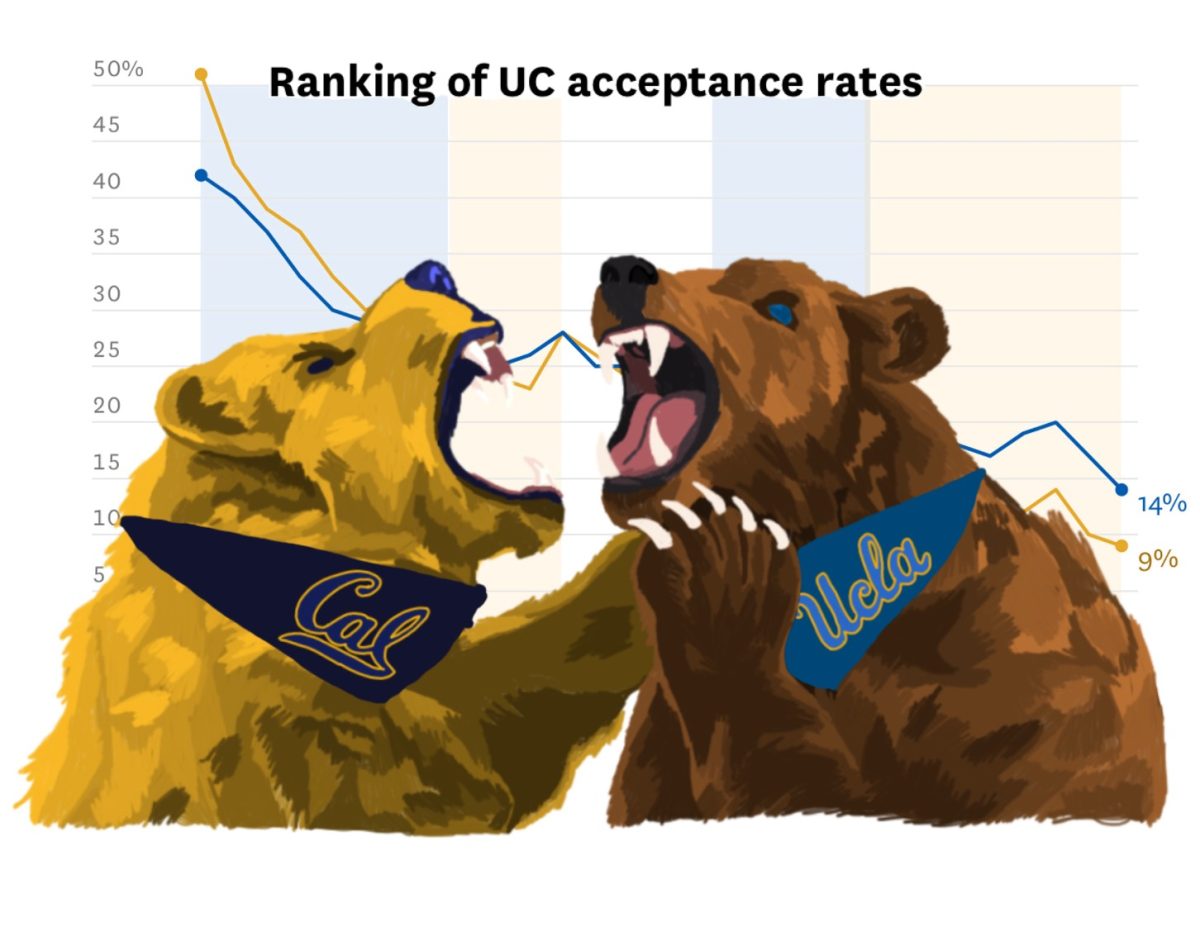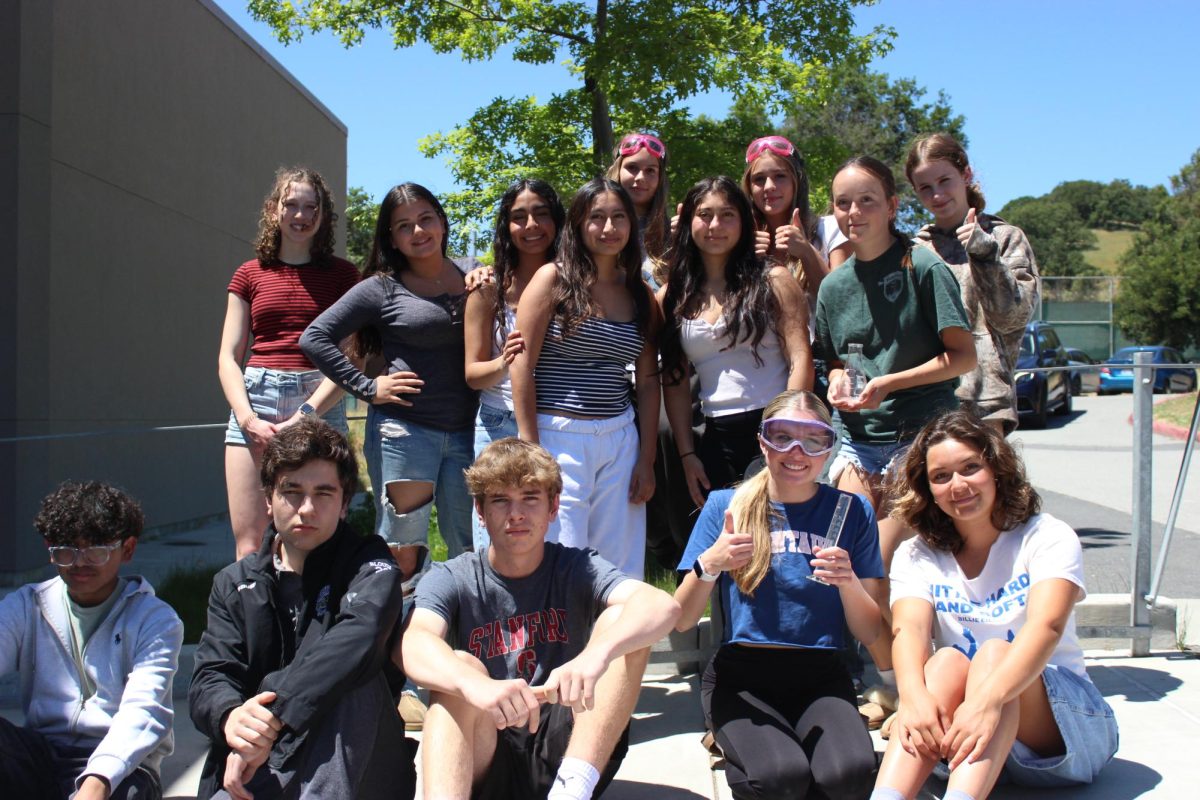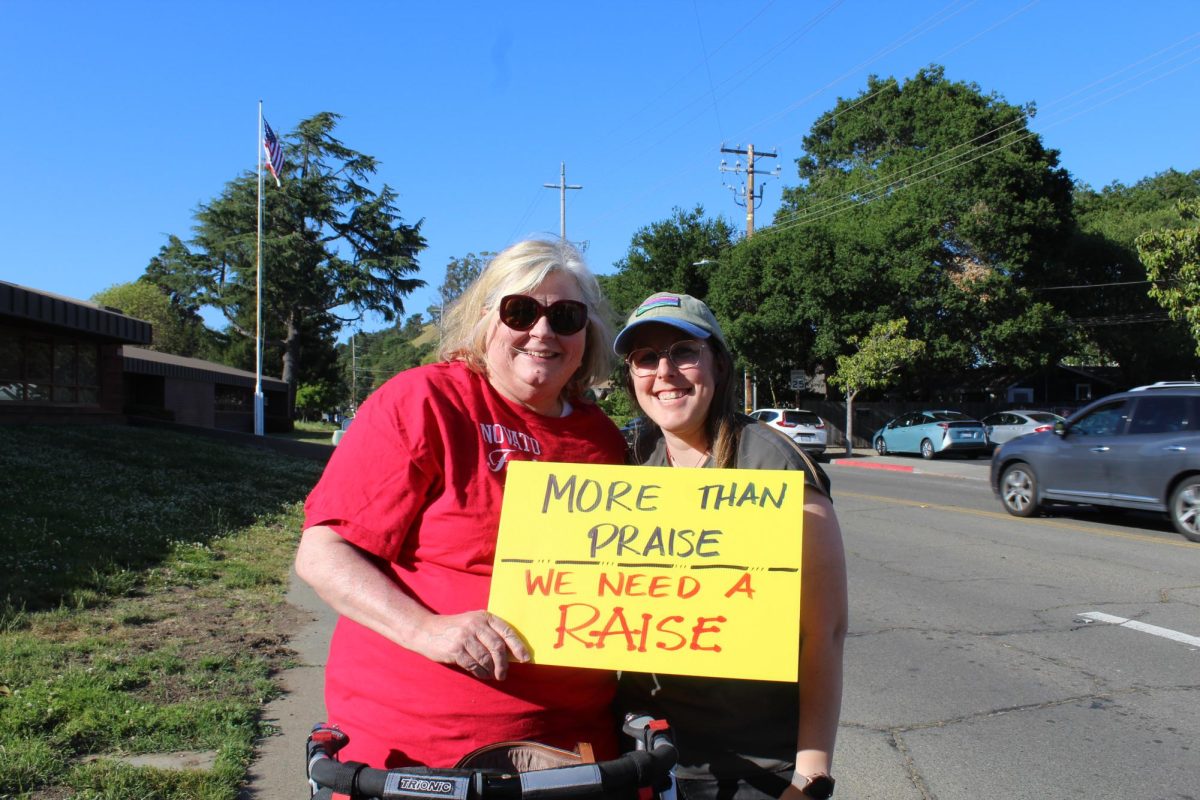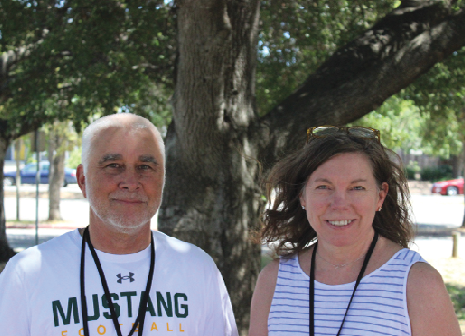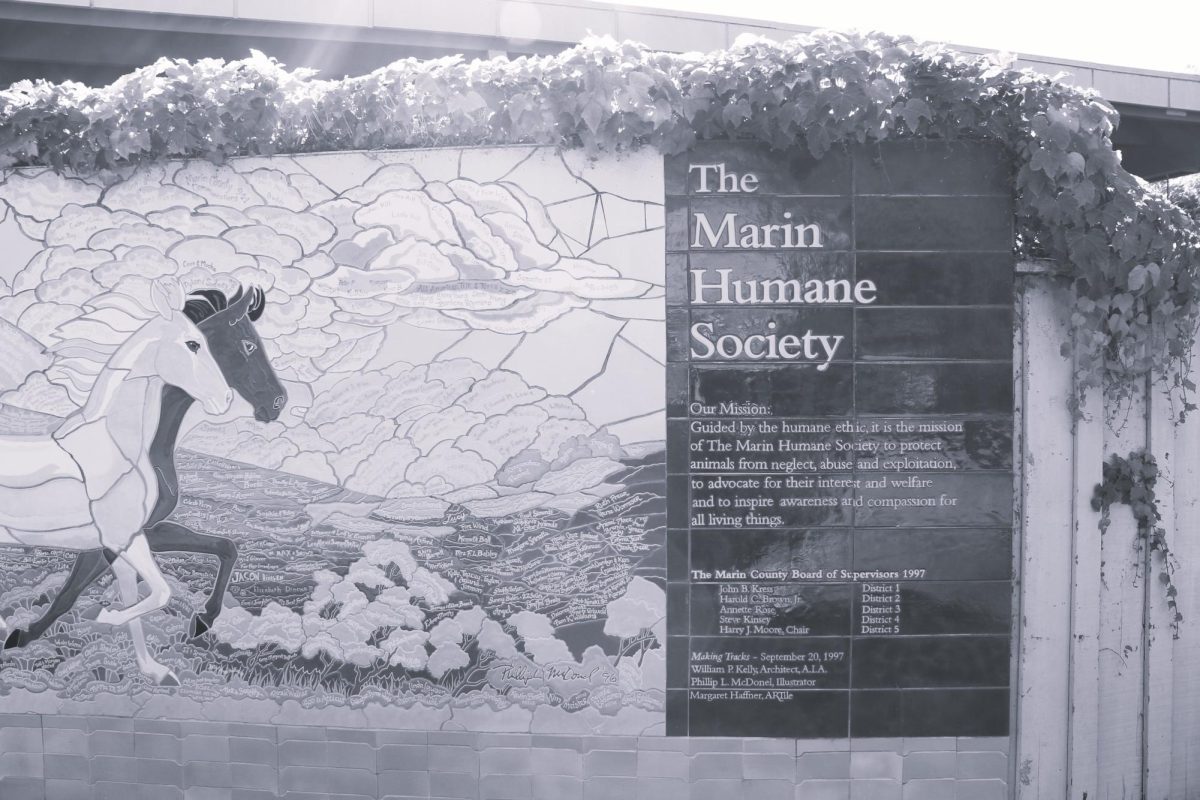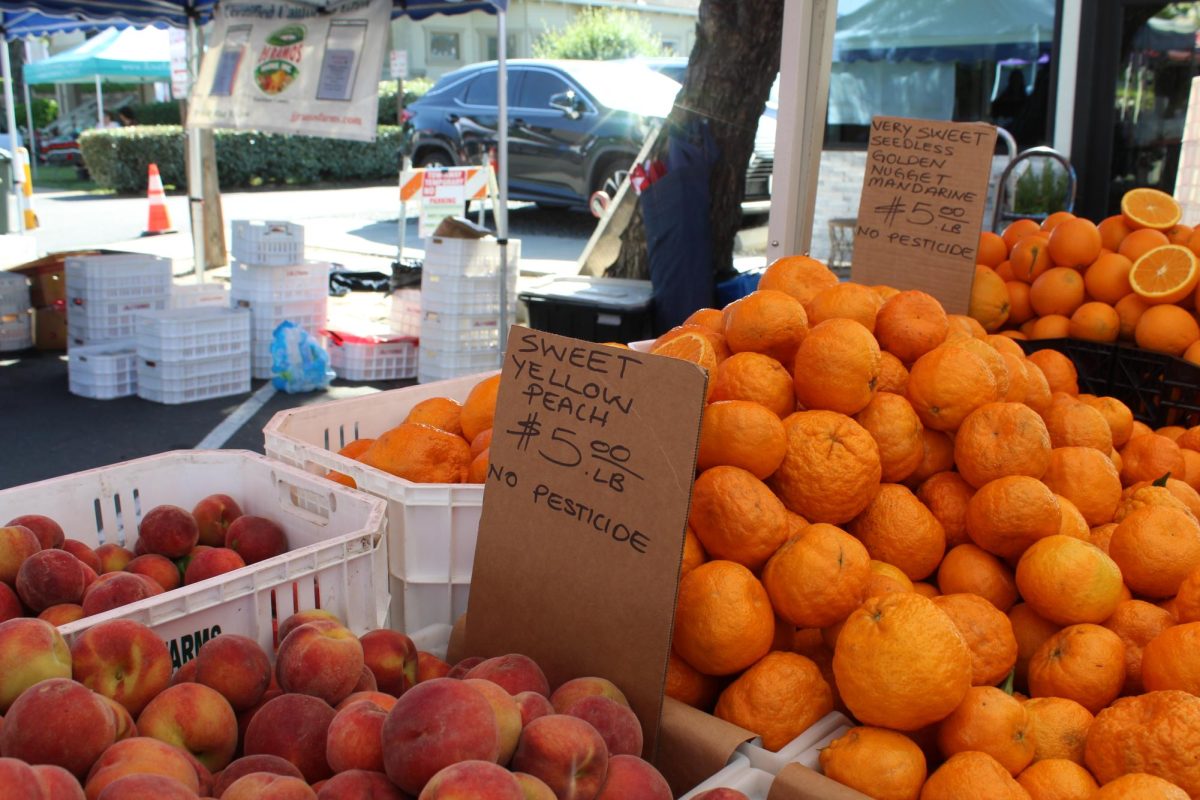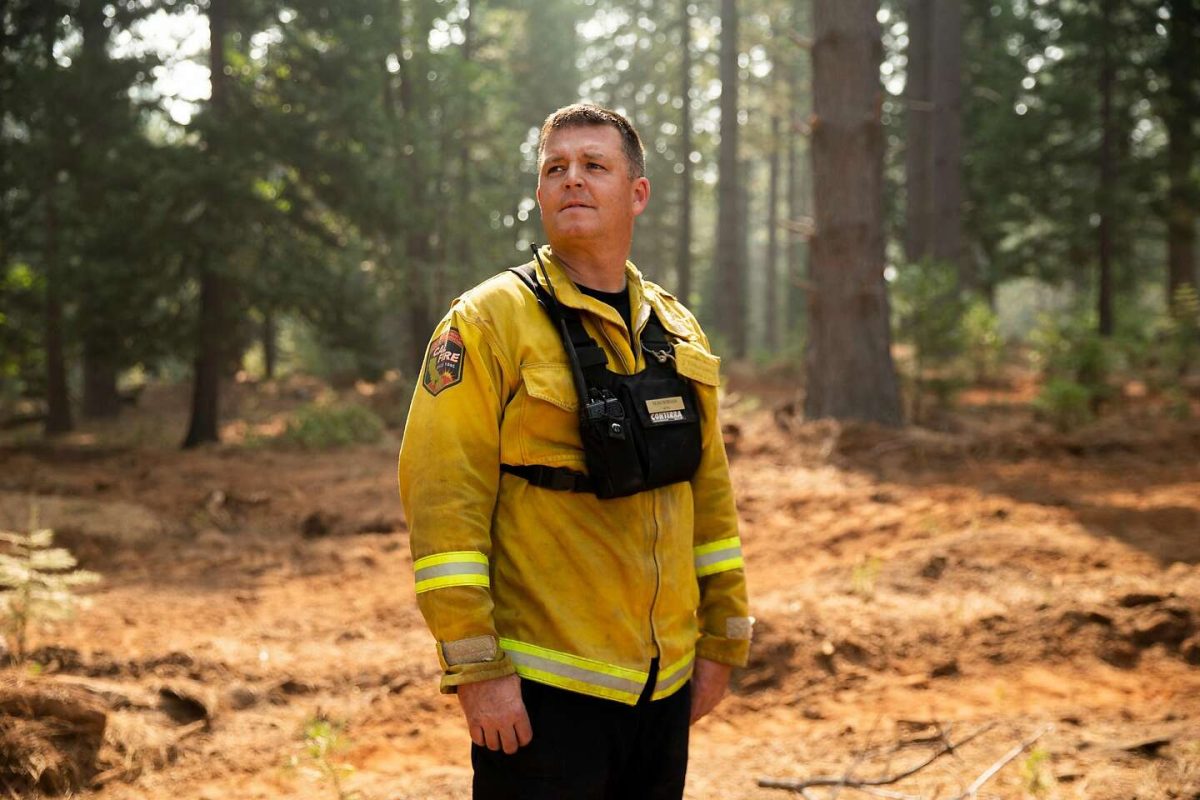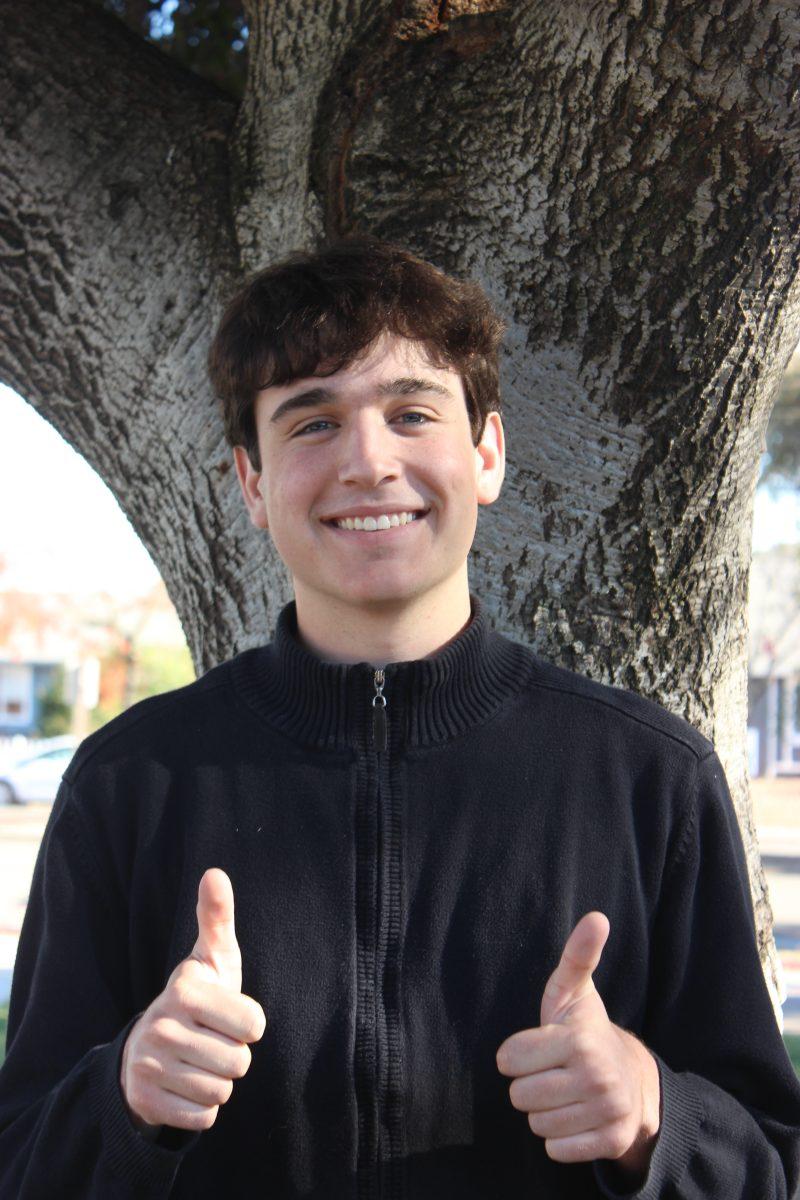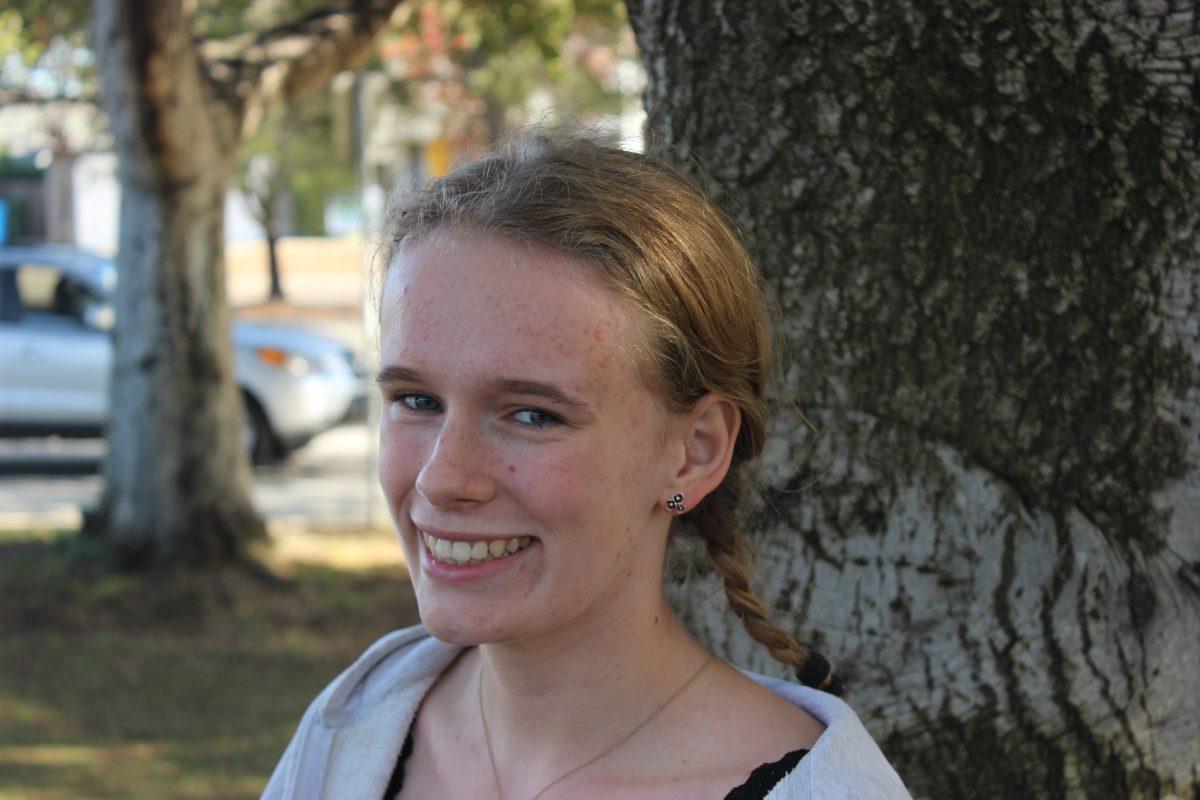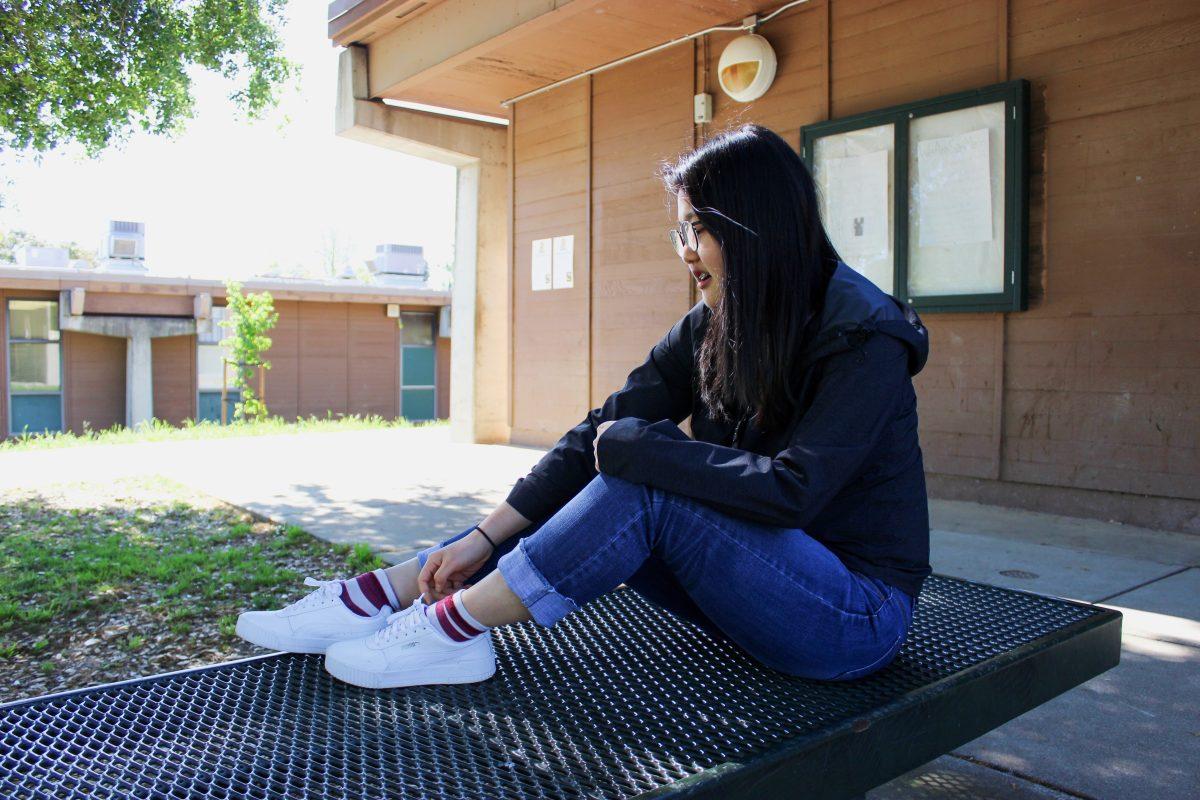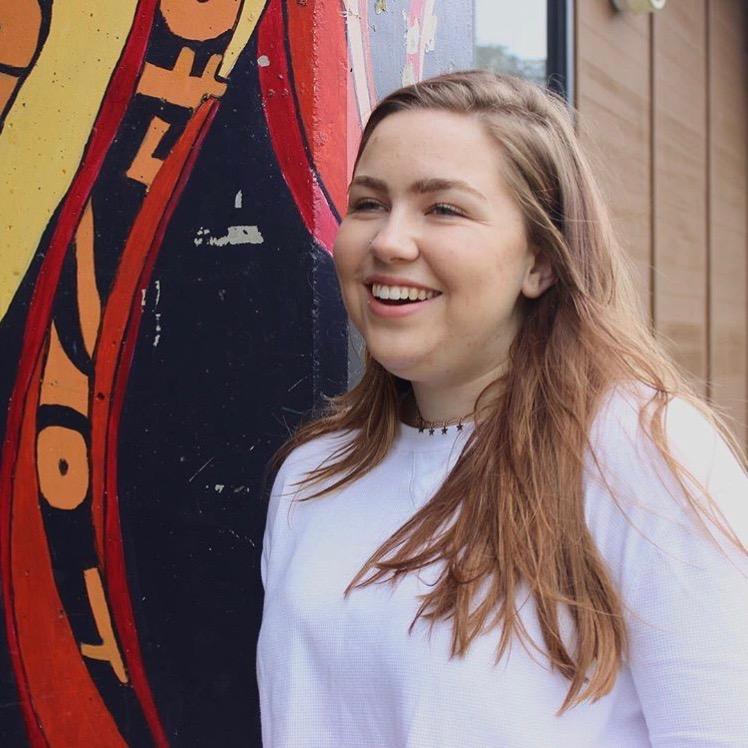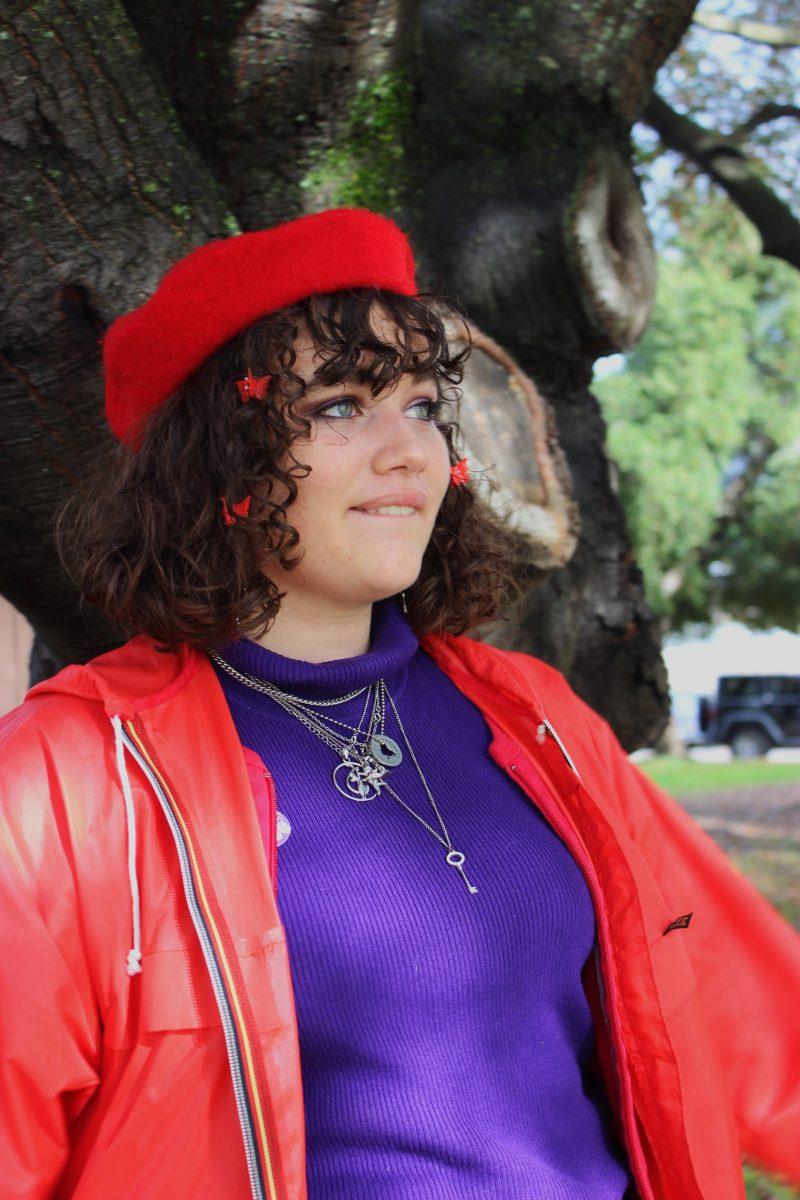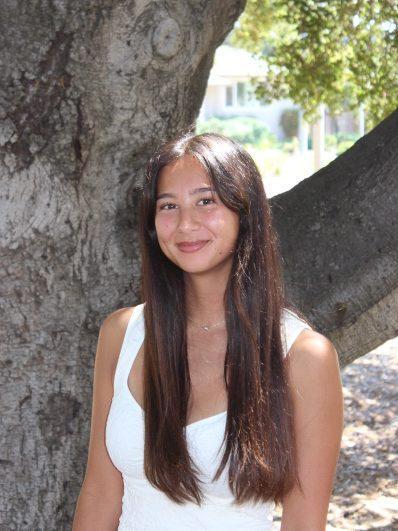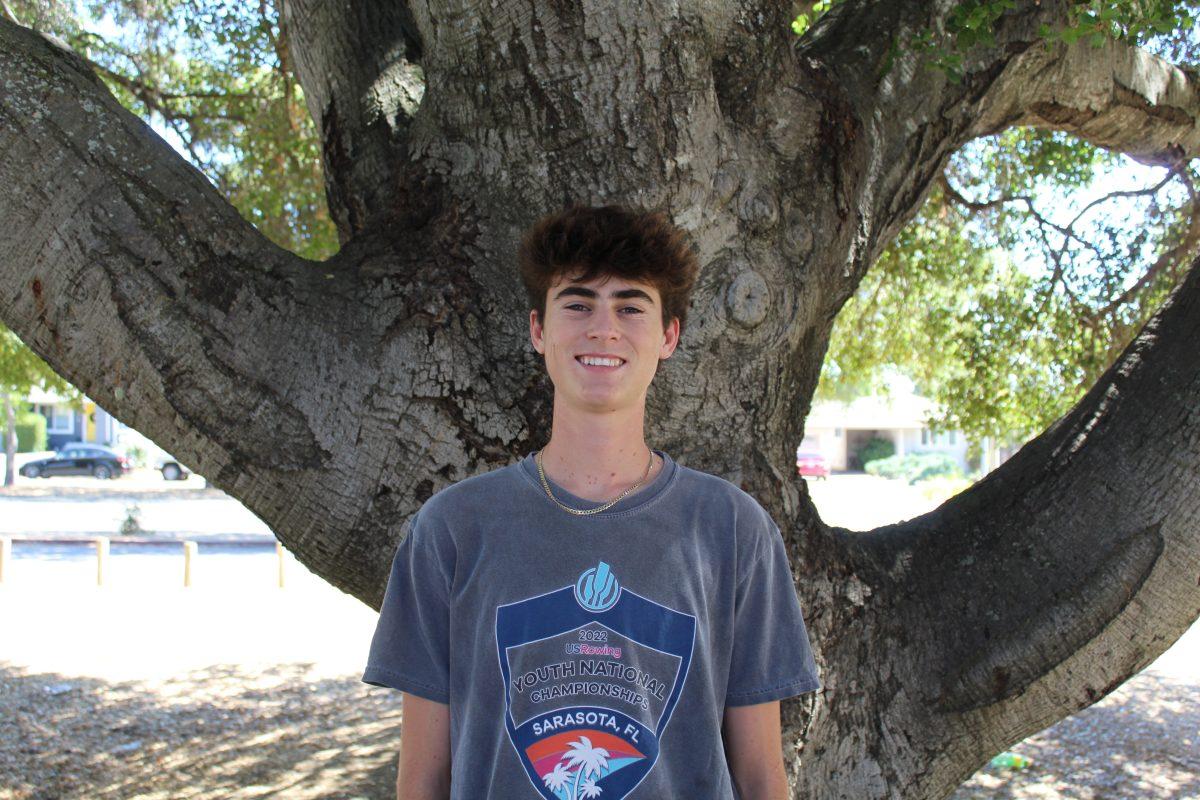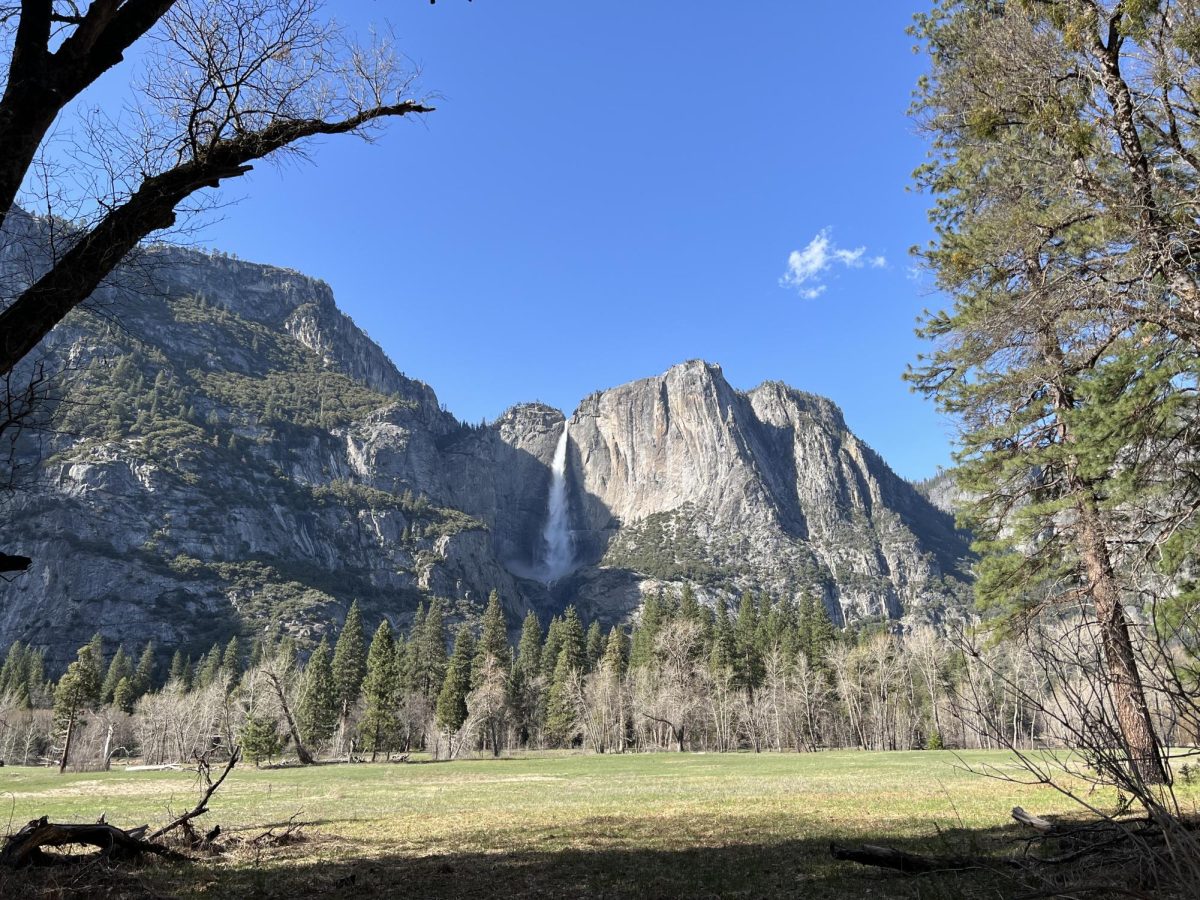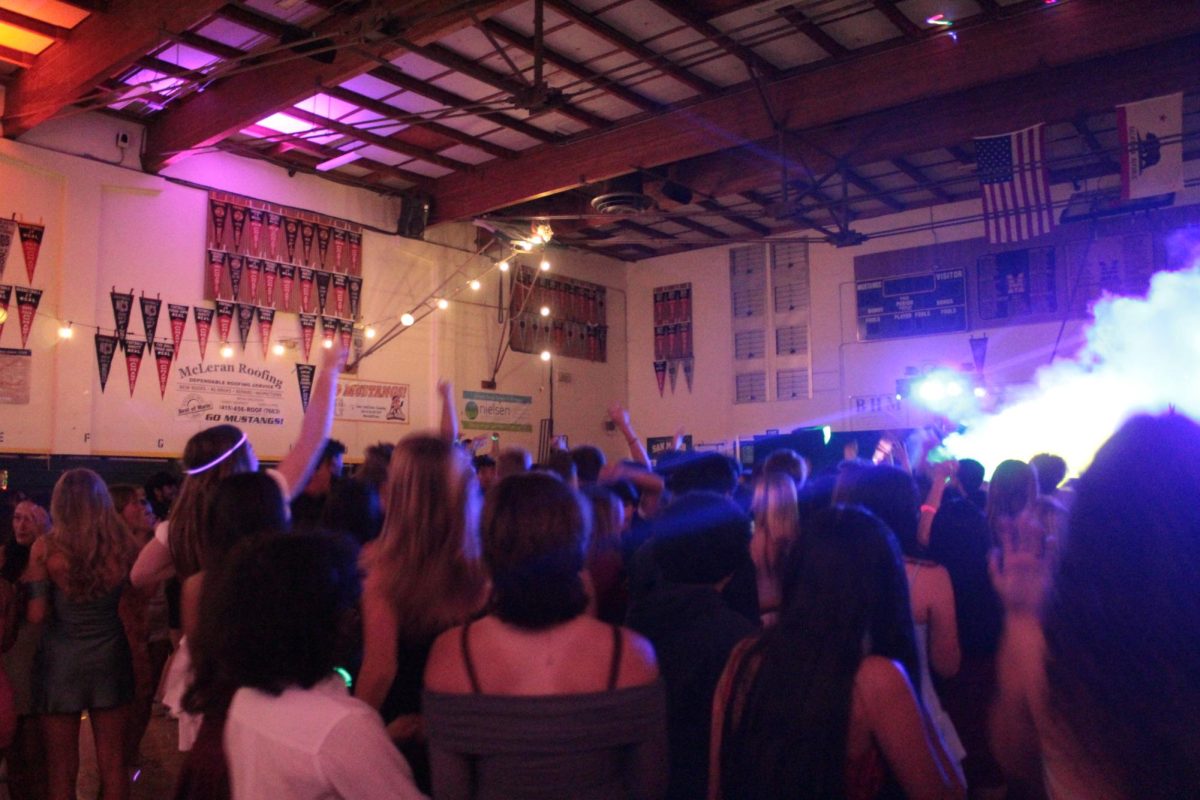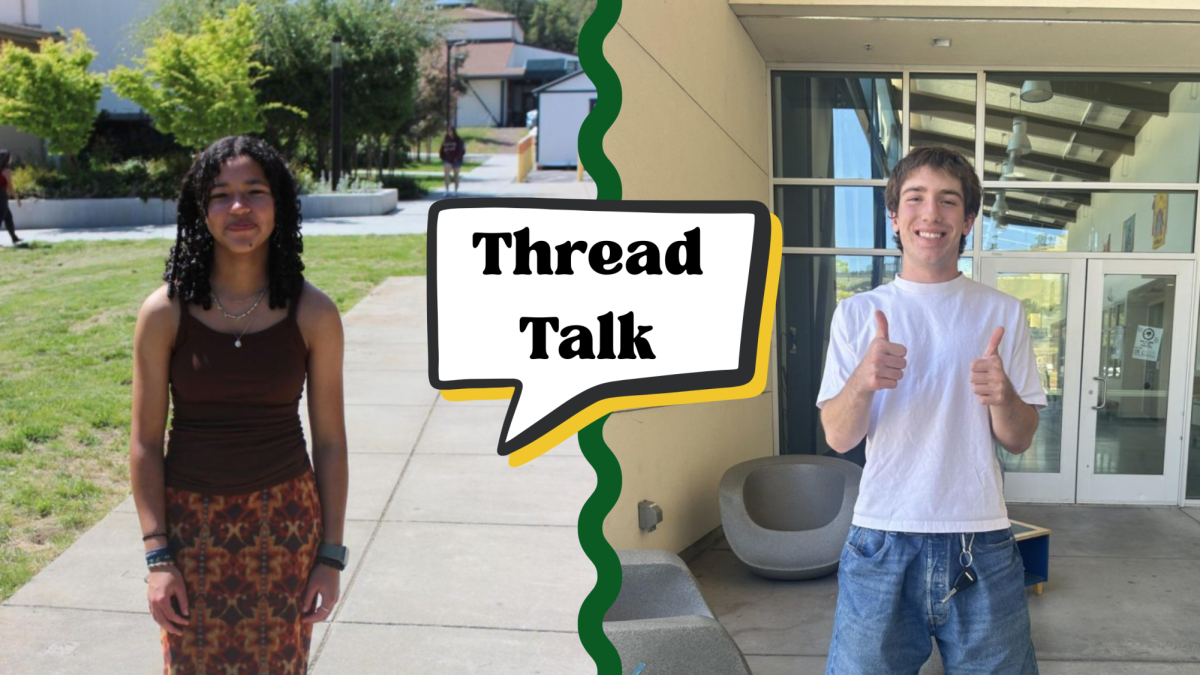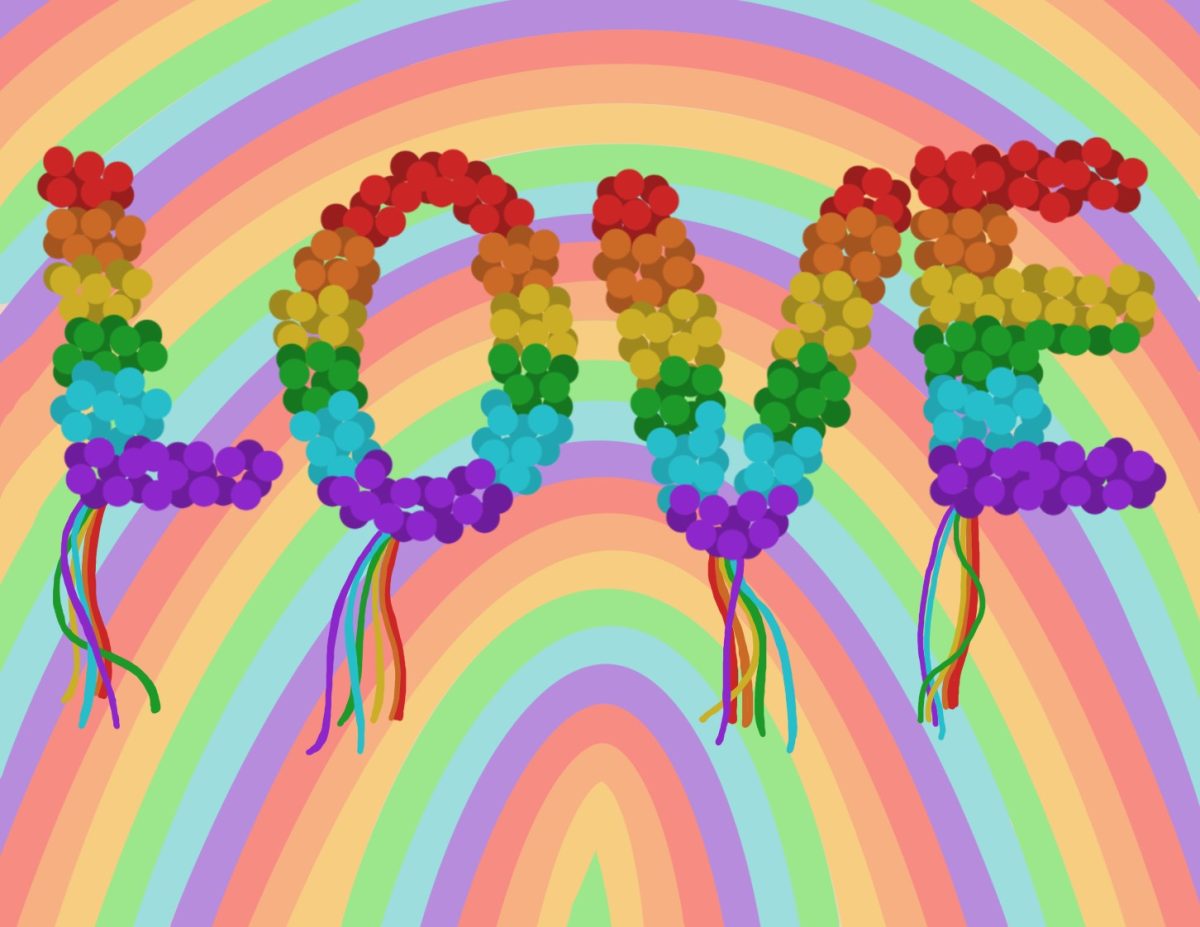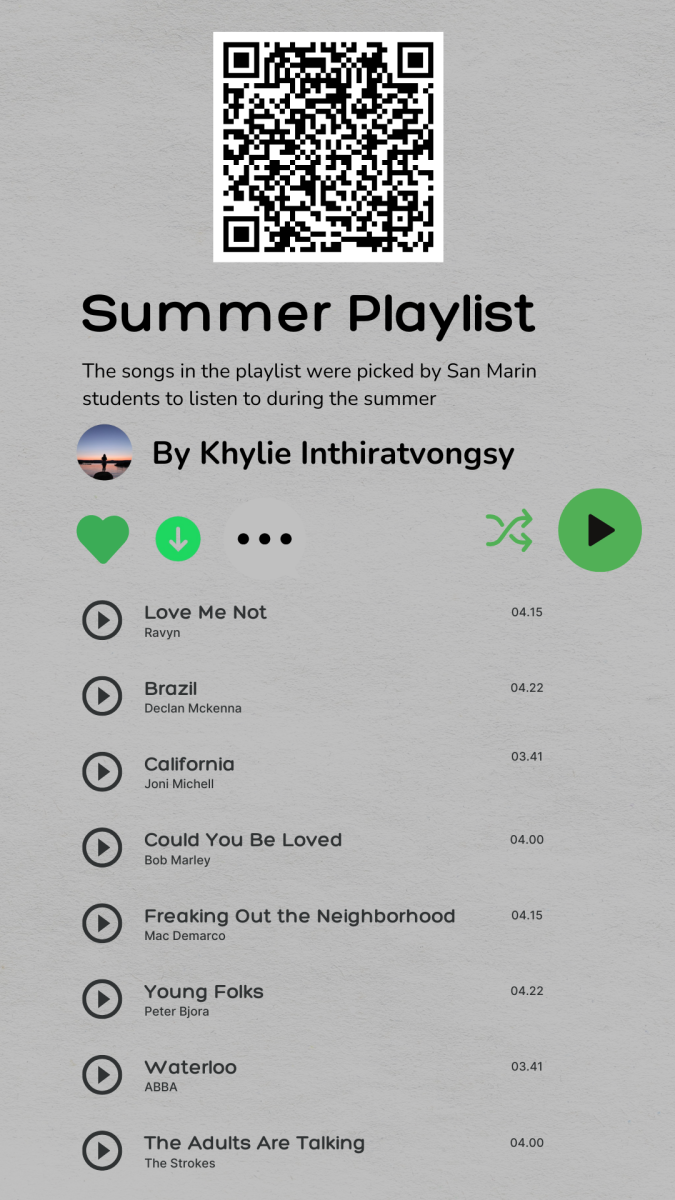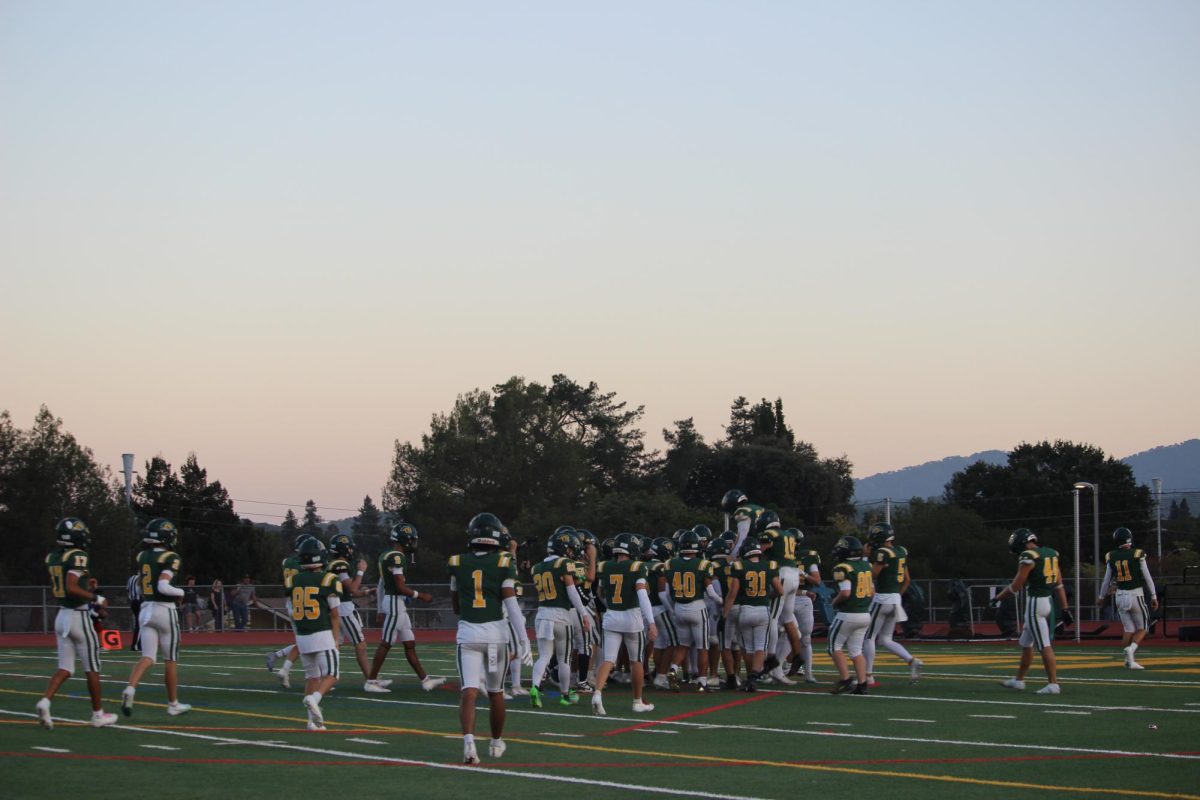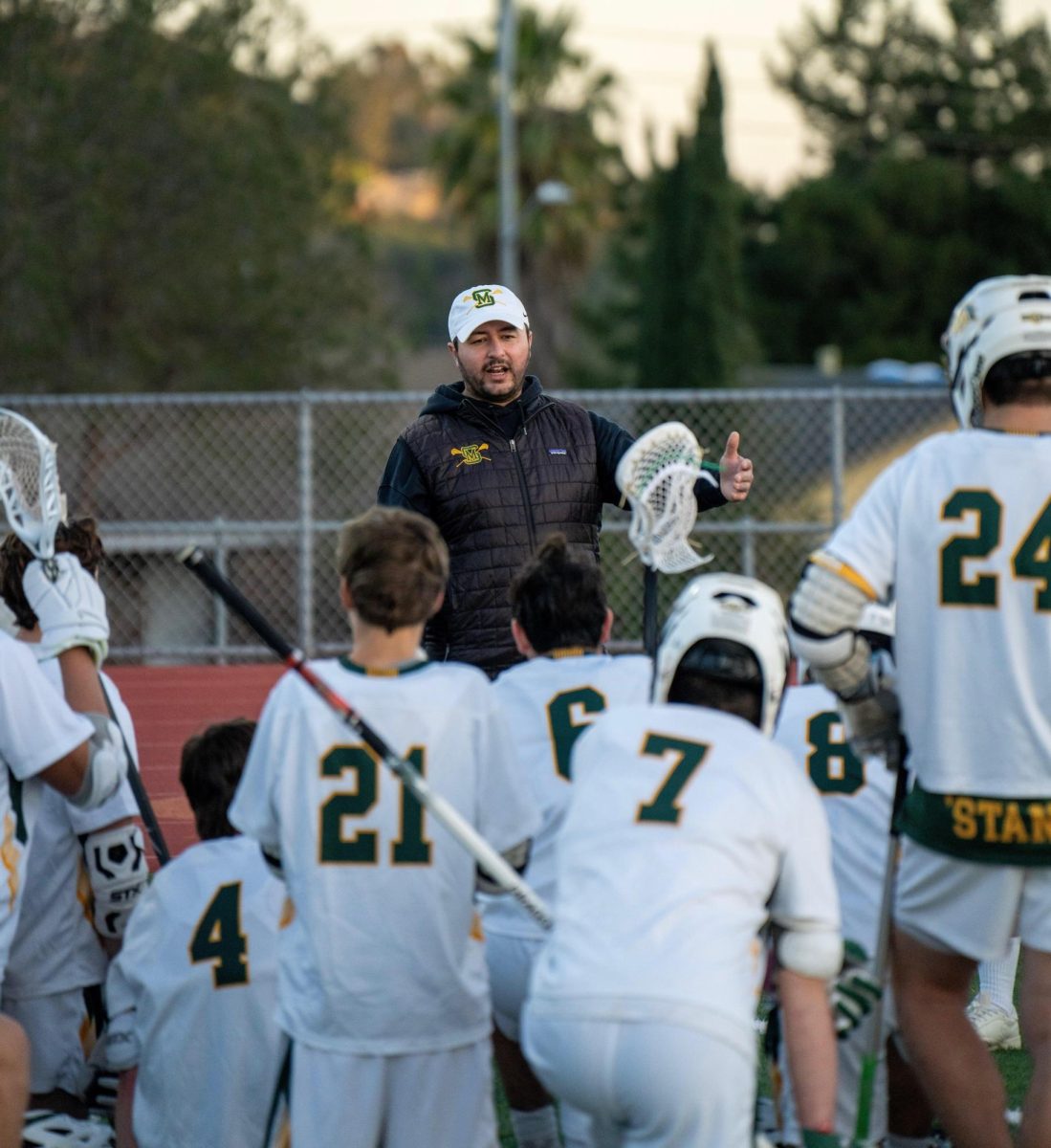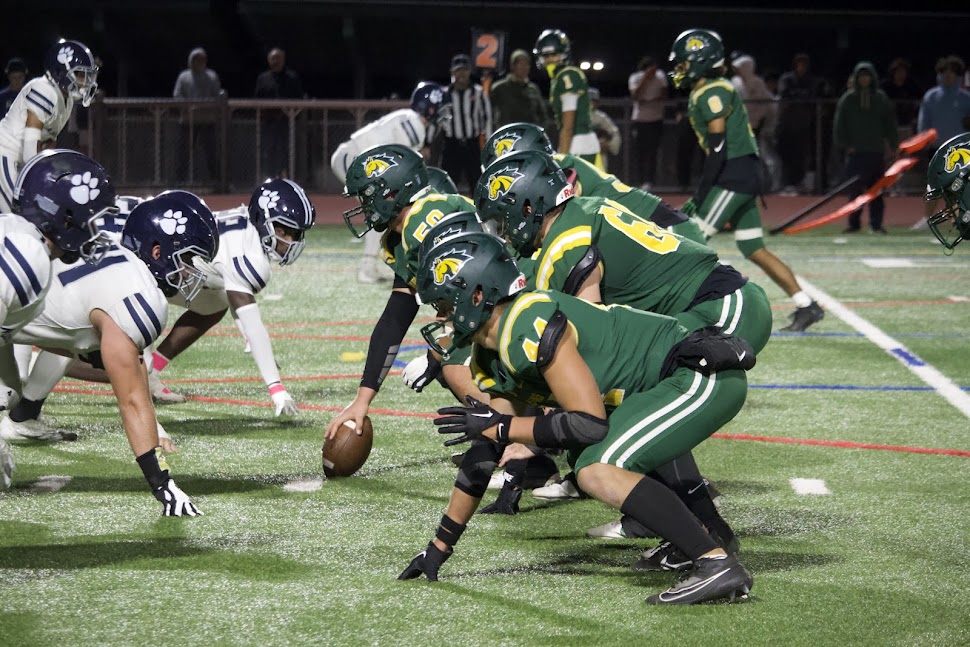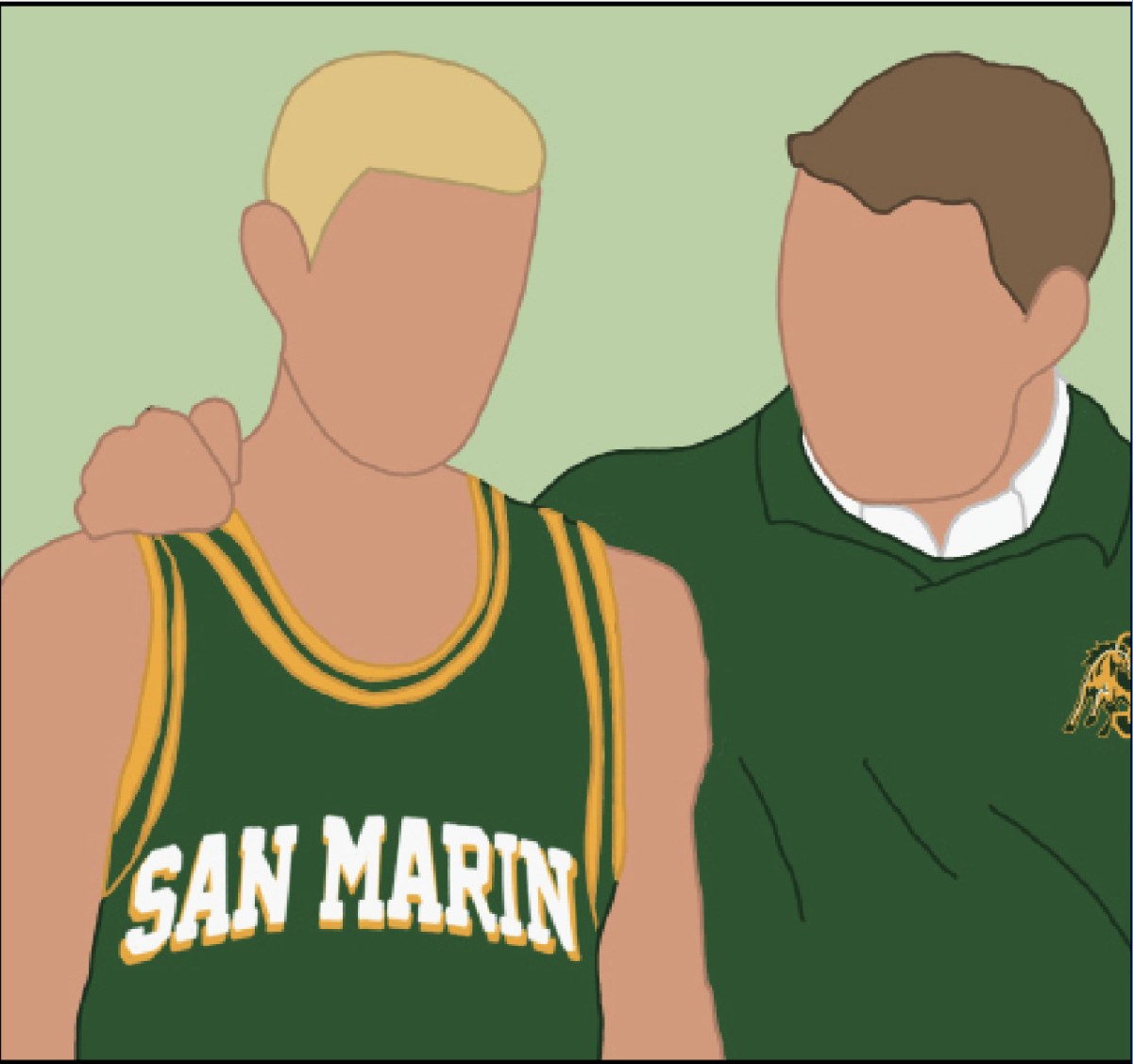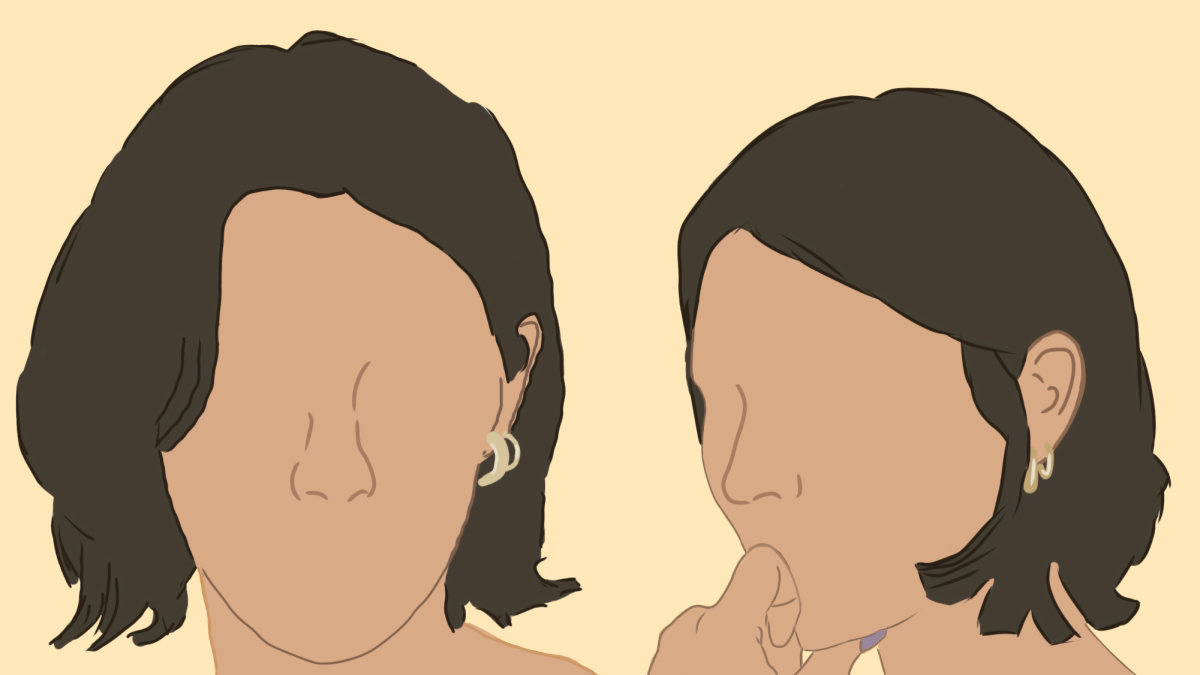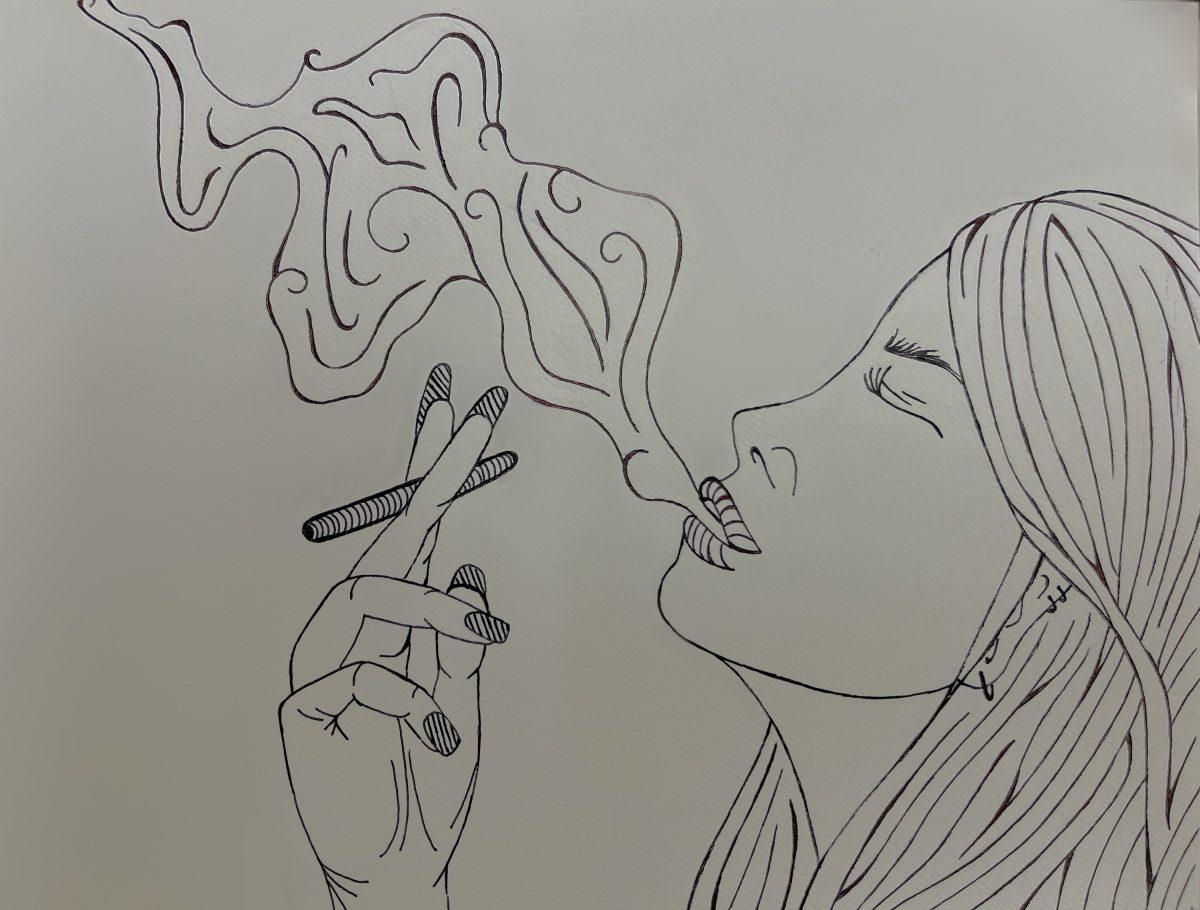By Paige Chassman, Stephanie Metzger, and Amanda Oppegard
Recently, San Marin has had several incidents of student racism on campus, including “ZOOM Bombings” in which people join class ZOOM calls and use hate speech, mostly directed at students of color and non-heterosexual sexualities. There have also been inappropriate Instagram accounts created using San Marin’s name to spread hate and intolerance. While the school has released a letter acknowledging the current issues, they have failed to fully address our terrible history of racism over the years. This is a reputation that we do not want the current generation and future generations of San Marin students to continue to perpetuate.
As our country experiences a massive Black Lives Matter movement, some low points of San Marin High School history have been brought to attention once again, one being a basketball game in 2005. In this game, Brandon Johnson, a senior at Drake High School at the time, was called a racial slur by students at San Marin.
“It felt like something that at that point was kind of expected,” Johnson said. “San Marin, certainly at the time kind of had a history with racism.”
Nothing was said or done by staff at San Marin or Drake about this incident, and because of Johnson’s previous race-related issues, he chose to not speak up about it. In the fourth grade, Johnson got involved in a fight after another student disrespected him. Even after talking to the principal at his school about this, Johnson was still blamed for the fight which is why he chose to keep this incident at San Marin to himself.
It was only until recently that Johnson decided to bring up this issue again in light of the Black Lives Matter Movement that is currently happening. Through speaking to him, we began to understand the magnitude of this event, which he described as “dehumanizing.”
Johnson advises all students to stand up for themselves and others to ensure their voices are heard and their issues addressed, when it is safe to do so.
“One of the biggest regrets you have is not speaking up when you should, certainly for yourself, but also for the future,” Johnson said.
Through talking with Johnson and researching more about the history of racism in Marin County, we began to wonder: Why does Marin breed so much racism? Through our research, we discovered that this question dates back to decades ago. Wealthy suburban areas are home to very little racial diversity because of the way that suburbs developed, and Marin is even less diverse than most suburbs. Currently, Marin County has a white population of 71.1%, a Hispanic population of 8.3%, an Asian population of 6.2%, and the remaining 14.4% is made up of a variety of different races according to the United States Census Bureau.
Originally, cities were home to most of the population and suburban areas developed as a place for the wealthy to live because they could commute to work if they had access to transportation. Because of this, ethnic minorities often still live in cities and more urban areas contributing to the lack of racial diversity in places like Marin. On top of this, realtors, when selling houses to minorities, would only show them homes in areas with other minorities, rather than the wealthier areas. Banks also contributed to people of color being placed in these less wealthy neighborhoods through redlining. Redlining refers to when banks would not approve mortgages for people of color, despite their credit score. Marin is a prime example of , which is why there is very little racial diversity.
The black community within Marin is not the only ethnic minority impacted by racism on a regular basis, Latinx students are also heavily impacted by these stereotypes. The current anti-immigration culture that has developed in the country has been particularly harmful to our Latino community.
We encourage all students to get involved by speaking up against racism in our community and by joining groups that promote positive messages and support those of all races. As young people, when we are united against an issue more people will listen to us and support us.
“When kids speak up about something a lot of folks stop and listen,” Johnson said.
It’s especially important that those who don’t face as much discrimination, whether it be toward their race or another characteristicm to speak up for those who do, because even more people will listen and help make improvements if we stand together against discrimination.
“[It’s important] for white folks to lend their voice and amplify, not only the voices of the folks of color, but also lend their voices to school board meetings and speak out in favor of policies that are helpful to the black community,” Johnson said.
It is crucial that we are well informed on the reality of these issues at a local level in order to empathize with those who face discrimination and help prevent future events in which students feel unsafe or uncomfortable at our school. Racism stems from fear of the unknown and the choice to remain uneducated simply because it does not personally affect you. We encourage the community to learn more about all ethnicities and learn their stories and their histories.
